Gardeners urged to let lawns run wild to find out how many bees they support
Now, as a national nectar score quantifies for the first time how much gardens can produce, a picture can be painted of what works in creating pollen-rich lawns.
And with the findings could come new ways, say botanists and beekeepers, that careful lawn tendering could lend a huge boost to all the nation’s pollinators.
Advertisement
Hide AdAdvertisement
Hide AdCharity Plantlife is now advising a two-tone lawn as it launches ‘No Mow May’, trimming the grass just once a month while leaving a ‘Mohican’ stripe to let taller flowers bloom.
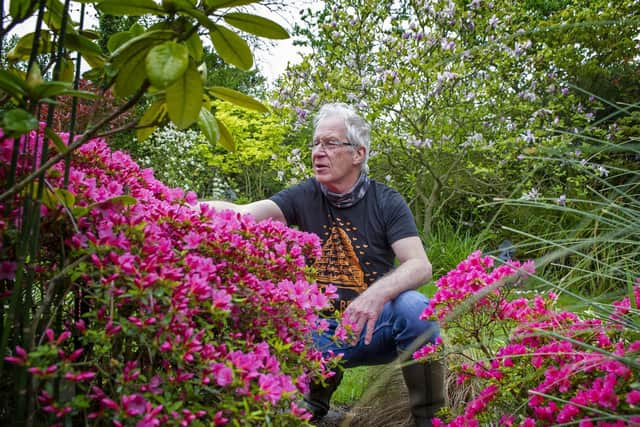

“The sheer quantity of flowers and nectar production on lawns mown once a month can be astonishing,” said Dr Trevor Dines, Plantlife’s botanical specialist.
“Between 1980 and 2013, every square kilometre in the UK lost an average of 11 species of bee and hoverfly, so the dense patchwork of lawns provided by British gardens really can throw our pollinators a lifeline. We just have to let the flowers bloom.”
Chairman of the Selby Beekeepers’ Association, Chriss Line, says that since taking up the hobby, his awareness of nature has dramatically changed.
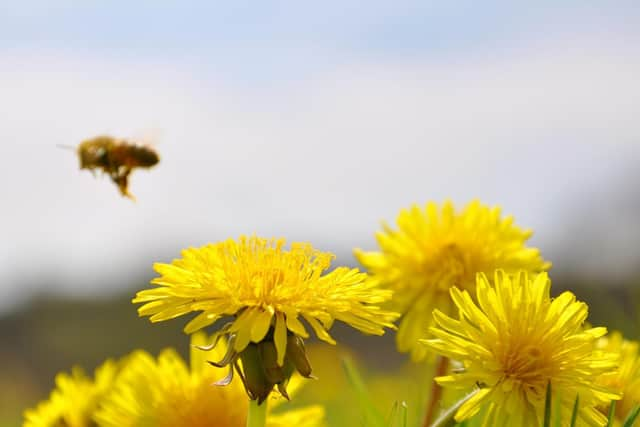

Advertisement
Hide AdAdvertisement
Hide Ad“I must be one of the few who gets excited to see dandelions on my lawn,” he says. “I know they are such a rich source of nectar.
“When I became a beekeeper, I started to recognise all these flowers, and watch out for them. Sometimes we don’t realise just what’s growing on our lawns.”
Mr Line, who has five hives in his own garden, says interaction with these “gentle” creatures can be wonderful, in a boost to wellbeing and a oneness with nature.
“We are learning so much from bees,” he said. “There’s not a university in this land that’s not doing at least one project on honey bees. They enrich a part of your life, because of that interaction we have with nature.
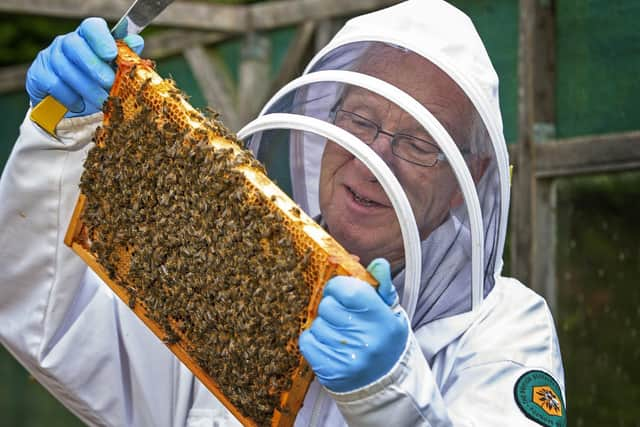

Advertisement
Hide AdAdvertisement
Hide Ad“We are being encouraged to let the grass go wild, in sections,” he adds. “It’s quite amazing what people can find in their gardens.”
Nectar counting
One lawn creates enough nectar sugar in a single day to support 1,088 honeybees, charity Plantlife has found, following its Every Flower Counts survey.
Citizen scientists, asked to count the flowers in a square metre of their lawns, had found more than 200 species of plant including rare meadow saxifrage.
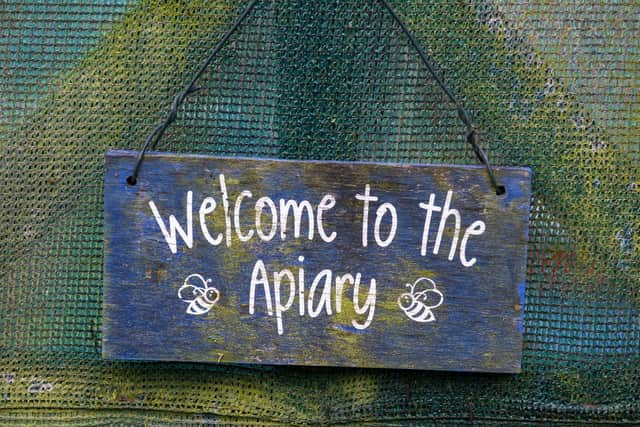

The best production of lawn flowers was found on grass cut every four weeks, the charity found, boosting nectar ten-fold as short grass plants bloomed.
Advertisement
Hide AdAdvertisement
Hide AdLaunching ‘No Mow May’ today, it is calling on gardeners to let lawns grow, in readiness for a count at the end of the month.
Ian Dunn, Plantlife’s chief executive, said: “After a mild winter, spring has been superb for flowers like dandelions and daisies and, as tempting as it might be to get the mower out while on lockdown, these results highlight in bold the botanical jewels that reward patience.”
How to 'No Mow May'
Plantlife’s ‘No Mow May’ begins today, with communities urged to let the flowers grow ahead of the Every Flower Counts survey.
Then, in the final week of May, people can count the flowers in a square metre of their lawn to get their own personal nectar score, and find out how many bees it supports.
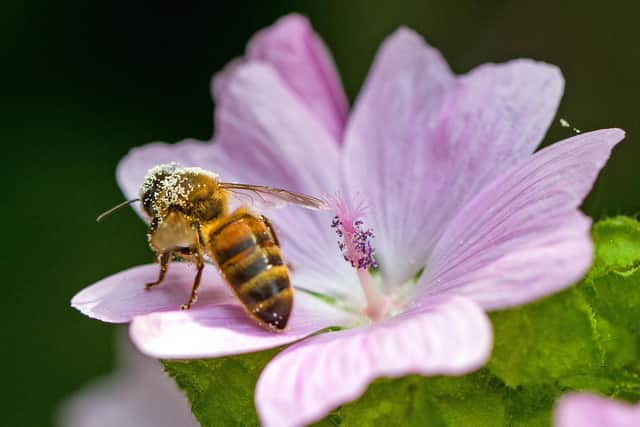

Advertisement
Hide AdAdvertisement
Hide AdLast year’s survey found the most abundant lawn flowers are daisy, white clover and selfheal, with 191,200 daisies counted in 2019.
All lawn flowers in the survey produced 23kg of nectar sugar per day, enough to support over two million honeybees.
---------------------------------------------------------------------------------------------------------------------------------------------------------------------
Editor’s note: first and foremost - and rarely have I written down these words with more sincerity - I hope this finds you well.
Advertisement
Hide AdAdvertisement
Hide AdAlmost certainly you are here because you value the quality and the integrity of the journalism produced by The Yorkshire Post’s journalists - almost all of which live alongside you in Yorkshire, spending the wages they earn with Yorkshire businesses - who last year took this title to the industry watchdog’s Most Trusted Newspaper in Britain accolade.
And that is why I must make an urgent request of you: as advertising revenue declines, your support becomes evermore crucial to the maintenance of the journalistic standards expected of The Yorkshire Post. If you can, safely, please buy a paper or take up a subscription. We want to continue to make you proud of Yorkshire’s National Newspaper but we are going to need your help.
Postal subscription copies can be ordered by calling 0330 4030066 or by emailing [email protected]. Vouchers, to be exchanged at retail sales outlets - our newsagents need you, too - can be subscribed to by contacting subscriptions on 0330 1235950 or by visiting www.localsubsplus.co.uk where you should select The Yorkshire Post from the list of titles available.
If you want to help right now, download our tablet app from the App / Play Stores. Every contribution you make helps to provide this county with the best regional journalism in the country.
Sincerely. Thank you.
James Mitchinson
Editor